
Over the past 200 years, social entrepreneurship has evolved from rare initiatives into a global movement. As early as the 19th century, Robert Owen showed that caring for your employees is as important as profits. At his factory, he created working conditions far ahead of his time. Nearly two centuries later, economist Muhammad Yunus founded Grameen Bank, providing microloans to those excluded from traditional credit systems. Today, companies like Patagonia embrace these principles, making environmental responsibility a core part of their business strategy.
What was once rare has now become the standard.
What if business could change the world for the better, not just make money? The idea that entrepreneurship can both generate profit and serve a social mission has gained popularity in recent decades. This is where social entrepreneurship comes in: using market mechanisms to tackle poverty, inequality, and environmental crises.
In the early 1980s, fewer than 100,000 organizations laid the foundations of social entrepreneurship. Today, after 40 years, the scale of change is undeniable. According to the Schwab Foundation for Social Entrepreneurship, there are now over 10 million social enterprises worldwide. Every year, they create 200,000 jobs and generate more than $2 trillion in revenue.
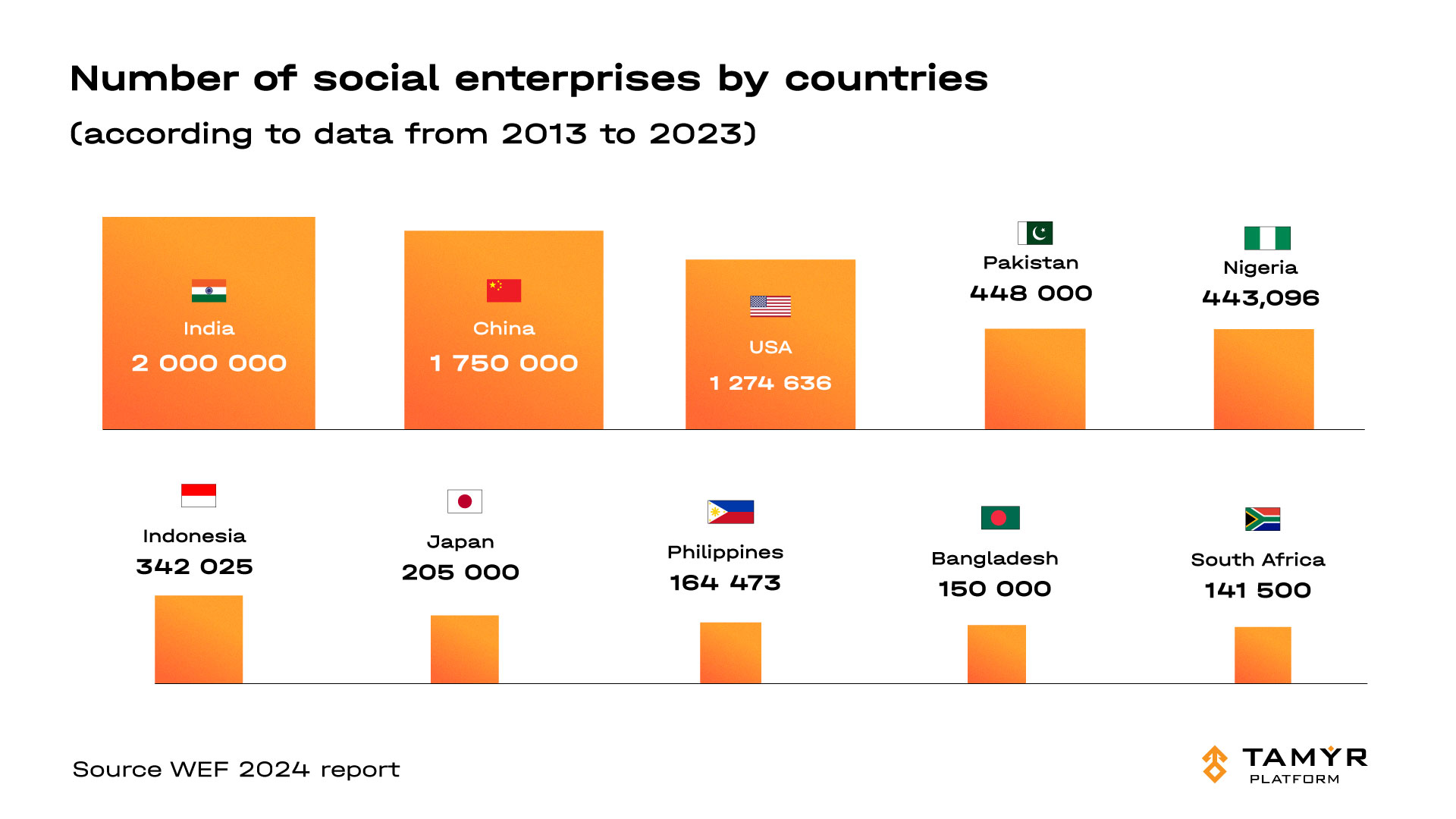
Social enterprises are not a niche phenomenon but a powerful economic sector. This sector is larger than the clothing industry and nearly twice the size of the advertising industry.
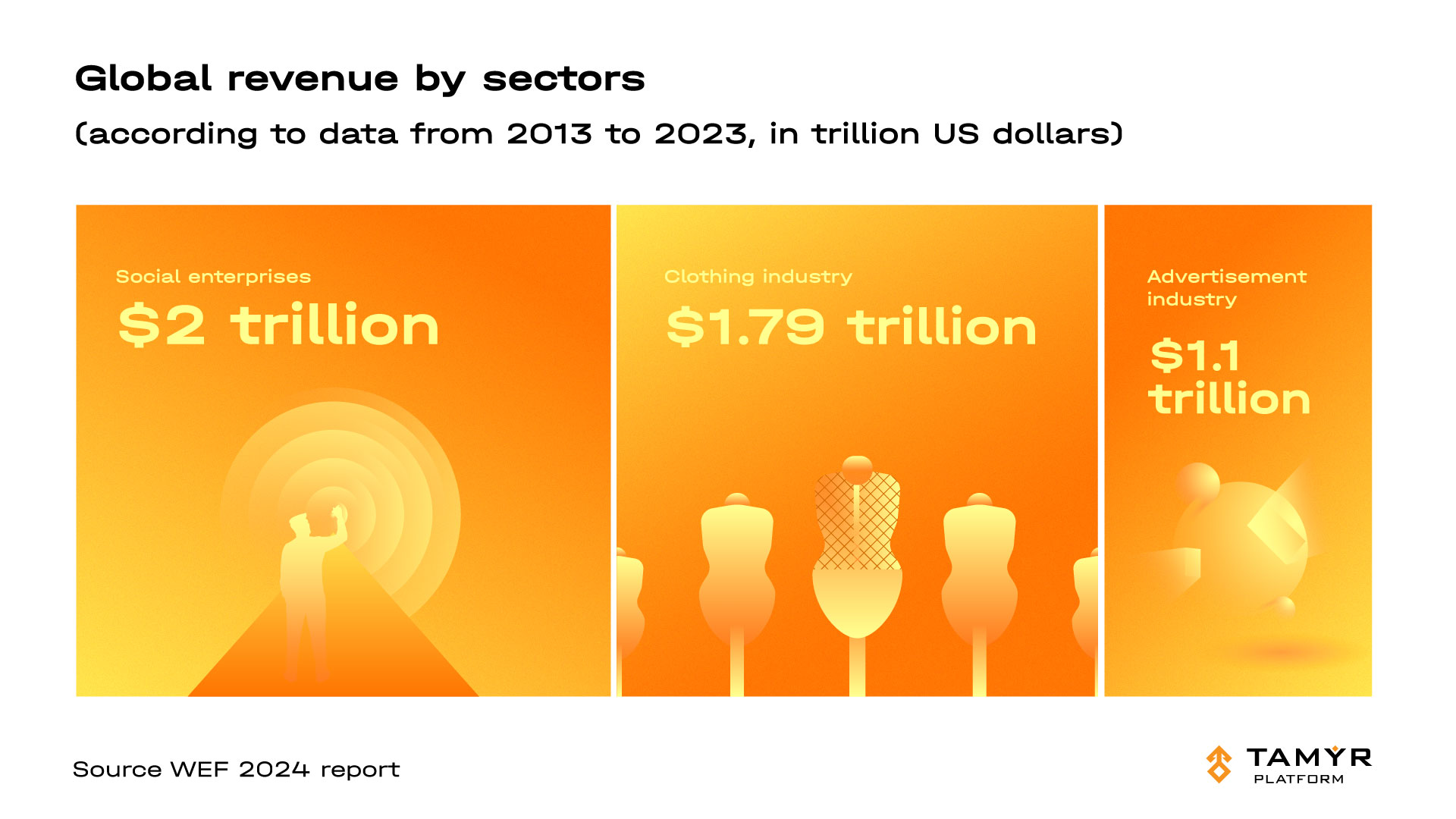
The practice of using business to solve social problems existed long before the term social entrepreneurship became common. One of the first to put this idea into practice was Robert Owen (1771–1858). In 1800, he took over management of a factory in the Scottish town of New Lanark, where he began introducing his reforms.
During Owen’s management, working conditions at the factory were far better than at most enterprises of that time. Working hours were reduced, children under 10 were banned from working, and sanitary conditions were improved. Education was a key priority. Owen opened the world’s first school for the children of employees, where they not only learned to read and write but also studied hygiene, ethics, and basic science. His social policies also included housing, access to healthcare, and affordable markets for workers. Cultural development was another important focus, the villages had community centers where lectures, music performances, and sports events were held.
Owen called his concept “formation of character”, believing that a person is shaped by their environment. Today, his factory in New Lanark is recognized as a UNESCO World Heritage Site.
At the same time, in the 19th century, the cooperative movement was gaining momentum in Germany, led by Friedrich Wilhelm Raiffeisen (1818–1888). While serving as mayor of small towns, Raiffeisen faced the problem of small farmers being forced to borrow from loan sharks, as they didn’t qualify for loans from traditional banks. In 1849, he initiated the creation of the “Bread Community”, which provided grain loans to the poor. Fifteen years later, in 1864, he founded the first member-run credit cooperative – the Heddesdorf Loan Society (Heddesdorfer Darlehnskassenverein).
These ideas had a major impact on the development of the cooperative movement in Europe and around the world, laying the foundation for modern microfinance models.
While Robert Owen and Friedrich Raiffeisen are considered the most well-known pioneers of social entrepreneurship, history offers many other remarkable examples. Among them is Saint Francis of Assisi, who founded the Franciscan Order in the early 13th century; Florence Nightingale, who opened the first nursing school in England and introduced progressive healthcare practices in the 19th century; and Vinoba Bhave, who launched the Bhoodan (Land Gift) Movement in India in the mid-20th century, along with many other influential figures.
The term social entrepreneurship came into active use in the 1980s when American entrepreneur Bill Drayton founded the Ashoka Foundation, the first global organization to systematically support and fund social entrepreneurs worldwide. Ashoka defined social entrepreneurship as applying innovative business models to solve social problems, with a focus on sustainability and large-scale impact.
At the same time, leading universities such as Harvard, Oxford, and Stanford began launching programs and research initiatives on social entrepreneurship. Publications like the Stanford Social Innovation Review (SSIR) became platforms for both academic and practical discussions in the field
Alongside the Ashoka Foundation, one of the key symbols and global advocates of modern social entrepreneurship is Bangladeshi economist Muhammad Yunus. Born in 1940 in the city of Chittagong, Yunus received his education in the United States, earning a PhD from Vanderbilt University. He later returned to Bangladesh, where he became a professor of economics.
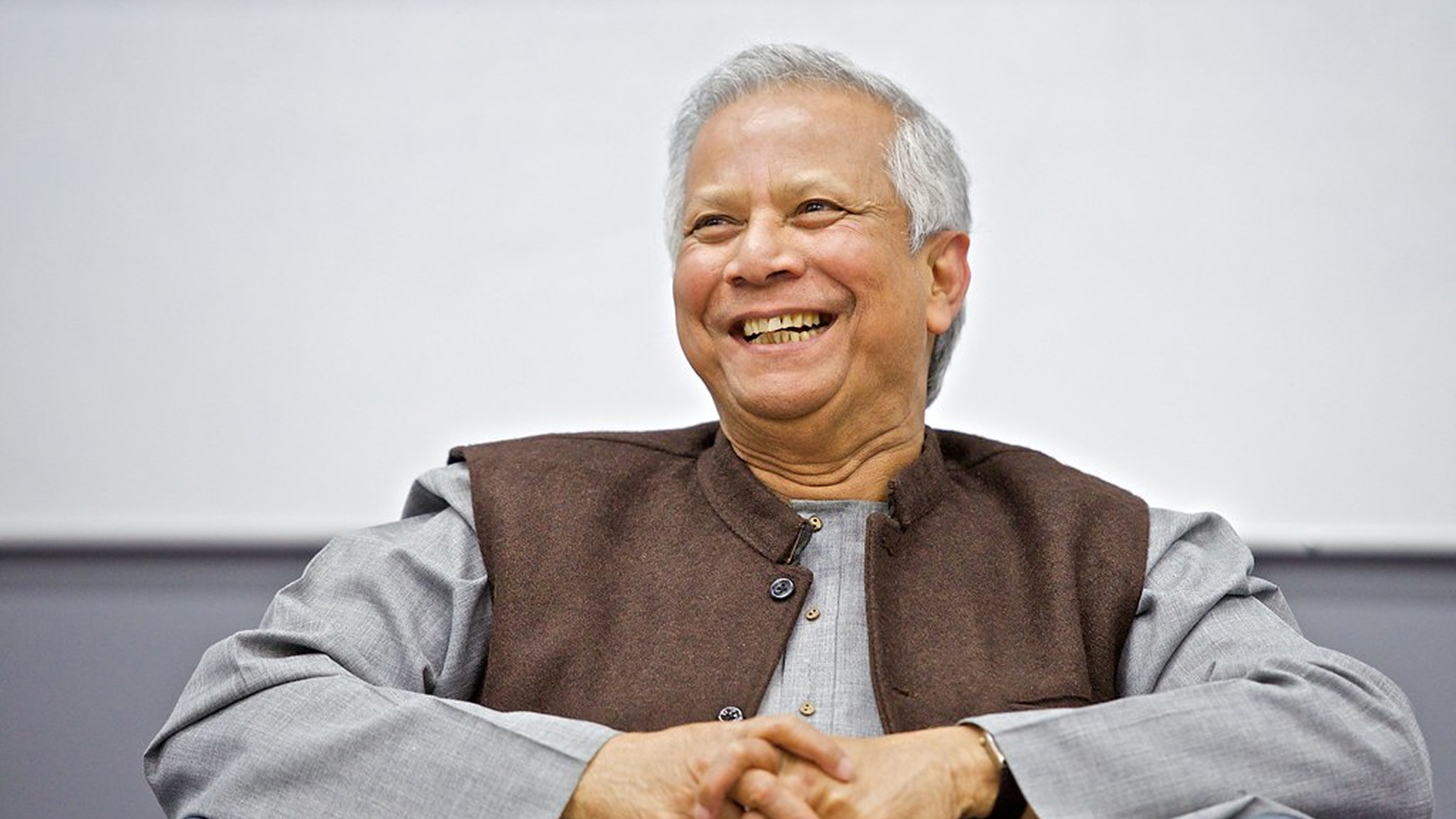
In the 1970s, Muhammad Yunus began looking for practical solutions to the poverty that millions of his fellow citizens faced. Despite their motivation to work, most poor people couldn’t start even a small business because they had no access to credit, traditional banks refused to deal with those who lacked collateral or stable income.
That’s when Yunus proposed giving microloans to the poor, no collateral, just trust and simple conditions. His first experiment in the village of Jobra was so successful that in 1983 he founded Grameen Bank, fully focused on microfinancing the most vulnerable populations.
By 2006, the bank had provided loans to millions of people, 97% of them women, and achieved a repayment rate of over 95%. For his contribution to the fight against poverty, Yunus and Grameen Bank were awarded the Nobel Peace Prize in 2006.
Yunus was the one who introduced the term social business, which differs from the broader concept of social entrepreneurship. In his books and speeches, he emphasized that social business is a model focused entirely on solving social problems, where profits are not distributed among investors but reinvested into the development and growth of the business.
“A social business is a business created and designed to address a social problem. A non-loss, non-dividend company, it is financially self-sustainable, and the investors get back only their investment amount. No dividend is given beyond the return of the original investment.” – Muhammad Yunus, Creating a World Without Poverty (2010).
Social entrepreneurship is a broader term that covers various types of social initiatives, both commercial and non-commercial.
Despite Yunus focusing on the concept of social business, his approach is combining market tools, sustainability, and large-scale social impact played a key role in shaping the field of social entrepreneurship. That’s exactly why Grameen Bank is seen as a classic example of social entrepreneurship.
Thanks to the work of the Ashoka Foundation and the global recognition of Yunus’s model, the concepts of social entrepreneurship and social business have become widely discussed and applied within international organizations such as the UN, World Bank, IMF, and the European Commission as essential tools for sustainable development. These ideas have also shaped educational and research programs at leading universities, as well as the strategic agendas of major business schools, corporations, and foundations.
To put it simply, traditional business exists for profit. It may have social programs, charity initiatives, eco-friendly packaging, or donations to shelters, but these are side effects. The core focus remains profit, growth, and competitive advantage.
Social business has completely different goals, the first and foremost is solving a specific problem. It could be supporting people with disabilities, providing affordable education, or helping the elderly. An entrepreneur earns money to keep the business sustainable. But unlike NGOs, it doesn’t rely entirely on grants, and unlike volunteer projects, it doesn’t depend on occasional help. It’s a real business model operating in the open market, but with the clear mission to benefit society.
“Social entrepreneurs are people who take risks on behalf of those society usually ignores. They pursue goals that may be hard or even impossible to achieve through charity alone, yet they resist the temptation to abandon their social mission in pursuit of profit. Instead, they aim for a double bottom line: social impact and financial sustainability,” wrote Jerry Boschee and Jim McClurg in their book Toward a Better Understanding of Social Entrepreneurship.
Founder:
Patagonia was founded by Yvon Chouinard in 1973. An alpinist and entrepreneur, Chouinard began making alpine equipment in the 1950s. What started as a hobby grew into the brand Chouinard Equipment, which later evolved into Patagonia, focusing on clothing and gear for outdoor activities.
Patagonia’s Commitment to the Environment from Day One:
In the 1980s, Patagonia became one of the first major brands to use organic cotton and openly address the environmental impact of the textile industry.
Environmental initiatives:
In 2002, Chouinard co-founded the global initiative 1% for the Planet, which encourages companies to donate at least 1% of their revenue to environmental causes. Every year, Patagonia contributes to NGOs focused on environmental protection, climate change, and biodiversity restoration.
Transparency and Ethical Production:
Patagonia actively promotes sustainable production principles and supply chain transparency. The company regularly publishes reports on its environmental impact, labor practices, factory working
Use of recycled materials:
Patagonia uses recycled polyester made from plastic bottles, old clothes, and discarded fishing nets on a large scale. The company also actively promotes clothing repair to extend product life instead of discarding items. That’s why they launched the Worn Wear program, where customers can donate or buy second-hand Patagonia products.
Transferring the Company for the Benefit of the Planet:
In 2022, Yvon Chouinard and his family transferred 100% of Patagonia’s shares to the Holdfast Collective and the Patagonia Purpose Trust. Now, all of the company’s profits, around $100 million a year, are directed toward fighting the climate crisis.
“Earth is our only shareholder. We’re doing everything we can to give back to the planet that gives us so much,” Chouinard stated.
Patagonia combines a profitable business model with a clear social and environmental mission. It’s a powerful example of how a global brand can be built, not only generating profit but also helping to solve environmental challenges, educating consumers, and shifting corporate ethics on a global scale.
However, criticism can be viewed from a different angle. In the mid-20th century, philosopher Karl Polanyi argued that the economy is a social practice, not an isolated process focused solely on profit. From this perspective, social entrepreneurship isn’t a new invention; rather, it’s a return to the roots of seeing business as an integral part of social life.
“Instead of the economy embedded in society, social relations are embedded in the economic system.” wrote Karl Polanyi in his book The Great Transformation (1944)
Apple has never positioned itself as a social business but still they aimed to change the world.
Steve Jobs and Steve Wozniak started building computers in a garage with a dream to make personal technology accessible to everyone. Their approach carried a social mission: to democratize access to computing power that had been limited to large corporations and government institutions. They aimed to radically transform the market by offering this powerful tool to the masses.
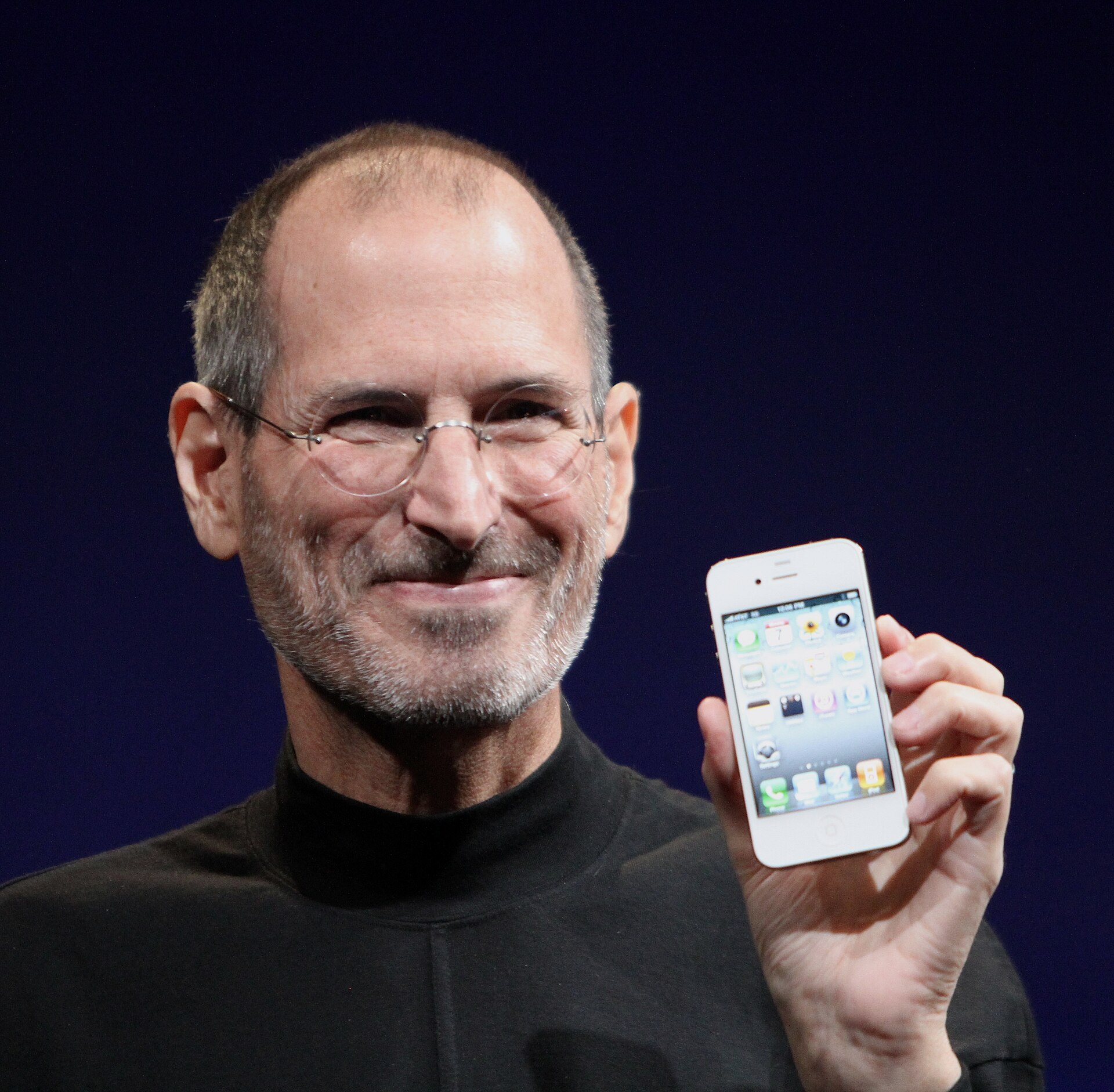
Jobs often said he wanted to leave a “mark on the universe.” His product presentations were more than just commercial showcases, they were cultural manifests. He wasn’t just selling technology; he was promoting a new way of life where technology becomes part of personal identity.
Steve believed that business is not just about making money. Business is about creating something meaningful.
No qualm, Apple is a profit-driven corporation, and many aspects of its business, such as labor conditions at supplier factories have faced criticism. Nevertheless, the company’s beginnings show how entrepreneurial ambition can be closely linked to a desire to change society, even if it’s not labeled a social mission in the strict sense.
Elon Musk is strongly associated with the idea of shaping the future. Tesla and SpaceX didn’t grow like typical startups, they emerged as large-scale projects aimed at solving global challenges, from accelerating the use of sustainable transport to making space colonization possible. Musk has always positioned his companies as mission-driven, not just commercially successful ventures.
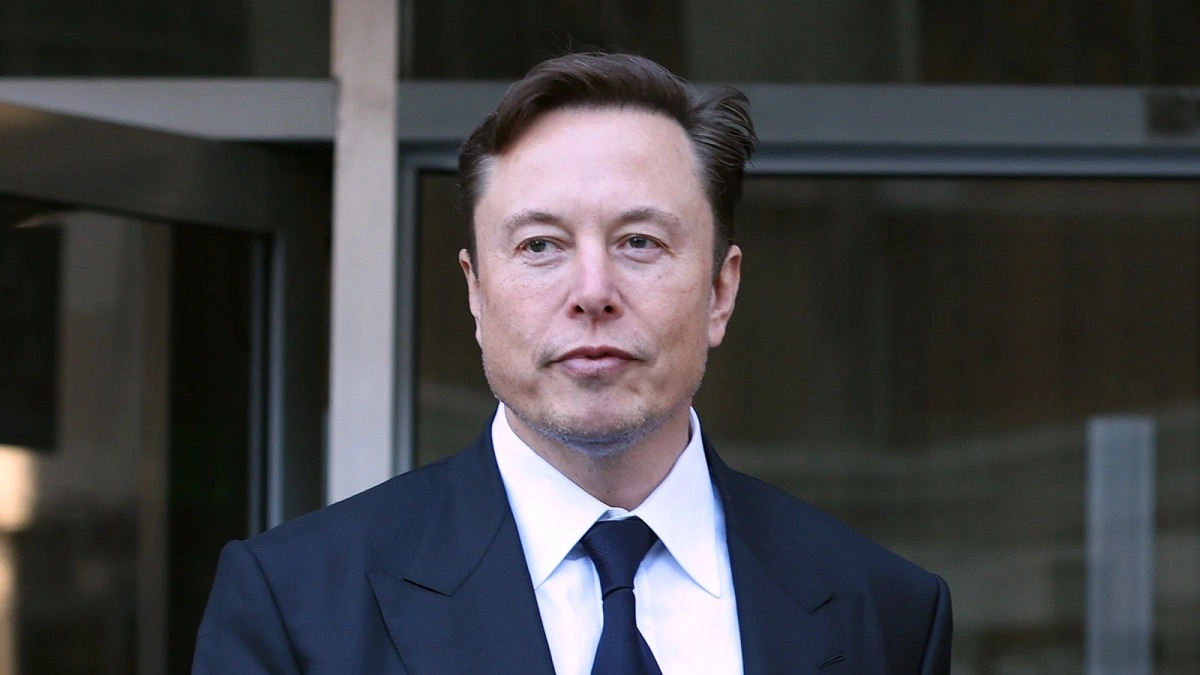
From the very beginning, Tesla wasn’t founded simply as a car company, it was meant to be a catalyst for reducing global dependence on fossil fuels. Musk even made Tesla’s patents open-source to accelerate the development of the electric vehicle industry. In this sense, his approach reflects the logic of social entrepreneurship using business as a tool for systemic change. The same applies to SpaceX, which wasn’t launched as a space tourism venture, but with the mission of making humanity a multiplanetary species. Musk has repeatedly emphasized that colonizing Mars is a strategic step to ensure the survival of civilization.
Still, there’s an ongoing debate, if a business is scalable, ambitious, and aimed at “high goals,” does that automatically make it social? Musk has faced repeated criticism over working conditions at Tesla factories and for his sharp statements on social media. His business model remains deeply rooted in investment, growth, and market competition.
Unlike traditional social entrepreneurs, Musk doesn’t work directly with vulnerable groups or tackle local social challenges, his projects are focused on global, long-term transformations rather than immediate, targeted social impact.
Musk’s example shows how borders of social entrepreneurship can be blurred, when it comes to large scale innovations changing life and behaviour of society.
Social entrepreneurship is becoming a hot topic in the 21st century considering the challenges we face: climate crisis, inequality, lack of trust in traditional institutions. This denies the stereotype that commercial activity and care for people are not compatible. The experiences of Robert Owen, Friedrich Raiffeisen, Muhammad Yunus, and thousands of other entrepreneurs prove that sustainable business can be a powerful tool for social change. It’s an alternative where entrepreneurs work for the welfare of society without rejecting sustainability and common sense.